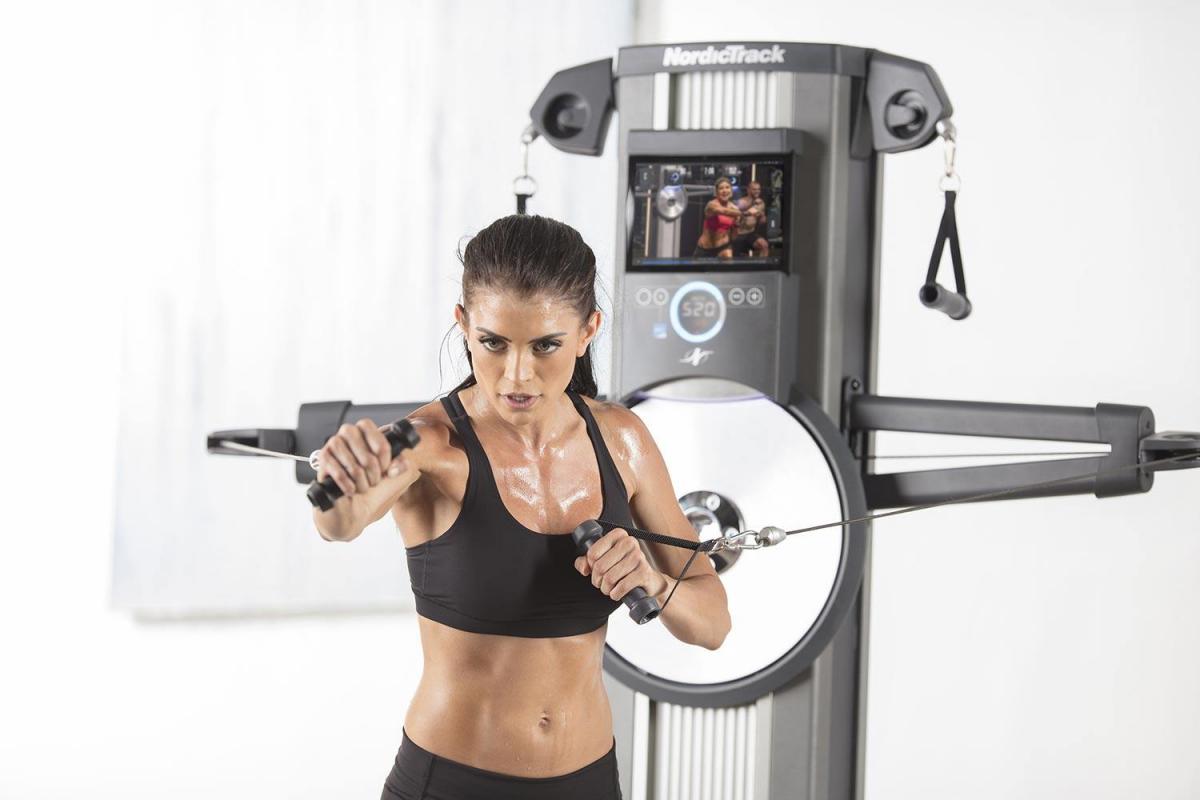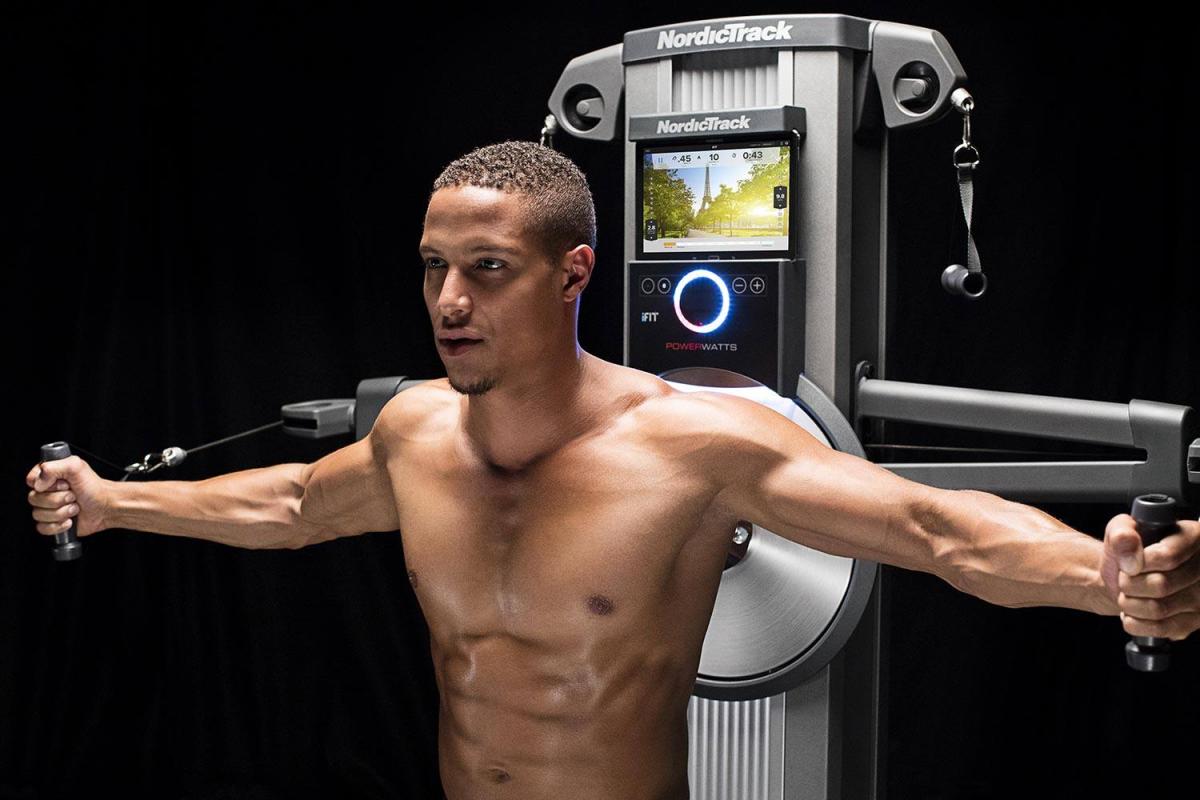Yes, it’s possible: your body can burn calories even after your workout is finished. It’s called the “afterburn effect,” and you can learn how to utilise it to maximise weight loss.
The afterburn effect: it’s all in the recovery

After a workout, your body must recover. That means that your heart and breathing rates need to return to normal while your body replenishes the energy stored within its muscles, and repairs naturally occurring muscle damage (the reason for why your body aches after exercise).
These different recovery mechanisms remain active 24-72 hours after the workout. This energy consumption represents approximately 5-20% of the energy expended during the training session. That’s the afterburn effect.
Muscle: the energy consumer
To understand the afterburn effect, first look at the way muscles consume energy. During a workout (or any physical activity), your body increases its heart rate and breathing, bringing more oxygen and nutrients to your muscles.
However, it takes a few minutes for your muscles to notice the effects of this increase. Of course, you don’t need to wait for the oxygen rush to kick in before starting your workout. Fortunately, nature takes care of everything, so it feels instantaneous to you. This is important in emergency situations, such as, for example, if you were in danger. Your body keeps energy stocks (which don’t require oxygen) directly in the muscle, which can be immediately mobilised and are mainly made up of glycogen.
Thus, during the first moments of your workout, the muscle will adopt an anaerobic mode of operation (without oxygen) in opposition to the aerobic functioning, which will be triggered as soon as the supply of oxygen and nutrients through the blood takes over.
The afterburn effect is based on this anaerobic muscle function. After training, your muscles restore all the reserves that it burned during the first minutes of training. The recovery of these energy stocks, of course, consumes energy. So, as you can see, you burn calories even during recovery time after your workout.
How to get the most out of the afterburn effect

You can optimize the afterburn effect by maximizing glycogen consumption during your workout. How? By concentrating energy expenditure at the beginning of each exercise in your routine, when the muscle is performing an anaerobic function.
To do this, focus on workout intensity instead of length. NordicTrack’s Fusion CST, for example is perfectly suited to this. Performing fast and rhythmic repetitions of different exercises will stimulate different muscle groups, so you consume glycogen in these different muscles. And you’ll maximize the afterburn effect.
Practically, this is what to do: set your device to a relatively high level of difficulty. (You should only be able to do about a dozen repetitions of each exercise). Then, follow up that series quickly and without any downtime. Shortness of breath is a good sign: it means your muscles are having a hard time getting oxygen, which will subsequently lead to a greater afterburn effect.
The secret: short but intense sessions
Your muscles achieve predominantly aerobic function after around 20 minutes of exercise. Therefore, try to target sessions that last no longer than 30 minutes. This will essentially burn the glycogen stores in your muscles. Your body will then burn additional calories, sometimes for several days, to replenish these stocks. Aches and pains are also a good sign of the afterburn effect: they reflect the reconstitution of muscle fibers and proteins consumed during the workout. Remember that when your body is aching, it’s no use (and slightly dangerous) to go for another high-intensity session. Let your muscles recover at least two days after a high-intensity session, or opt for an active recovery session (for example, easy pedaling without resistance for 20-30 minutes, or light jogging).
If you’re a generally busy person who doesn’t have a lot of time to work out, you should try to utilise the afterburn effect. You can optimize energy expenditure during relatively brief, less frequent workouts. And weight loss isn’t the only effect of these high intensity sessions: you can also develop muscle strength and reaction speed (i.e., the ability to quickly go from one type of movement to another).

NordicTrack experts have carefully studied the afterburn effect. Our goal: to help athletes of all levels to take advantage of this effect to boost weight loss. That’s why all of our home fitness machines are designed to withstand intense and fast workouts. But don’t worry: the machines don’t need time to recover. They’ll always be ready to go whenever you are!
We recommend
How To Burn More Calories On Your Treadmill
It’s time to get yourself in shape. Your objective: a firmer, slimmer body with more muscle tone. To lose the weight, you know you have to eat healthier and regularly perform some sort of athletic…
Lose The Weight With An Elliptical Machine
An elliptical works 80% of your muscles while building muscle and putting your body through a full cardio workout. A low impact machine, it goes easy on the joints and can be used by anyone…
Do Exercise Bikes Help You Lose Weight Fast?
You need to work out if you want to lose weight. If you want to work out at home, you’ve got several excellent choices: elliptical, treadmill and rowing machine. But don’t forget the exercise bike, which…
The Freestride Trainer: your weight loss partner
The 3-in-1 Freestride Trainer home fitness machine can transform into a treadmill, elliptical or stepper according to your needs. You can use it in a variety of ways on different muscle groups to burn…
Choosing The Right Treadmill To Maximise Weight Loss
Running on a treadmill is probably one of the best ways to lose weight. But there are so many different models that it can be difficult to make a choice. Read below to get our best tips to help you…
